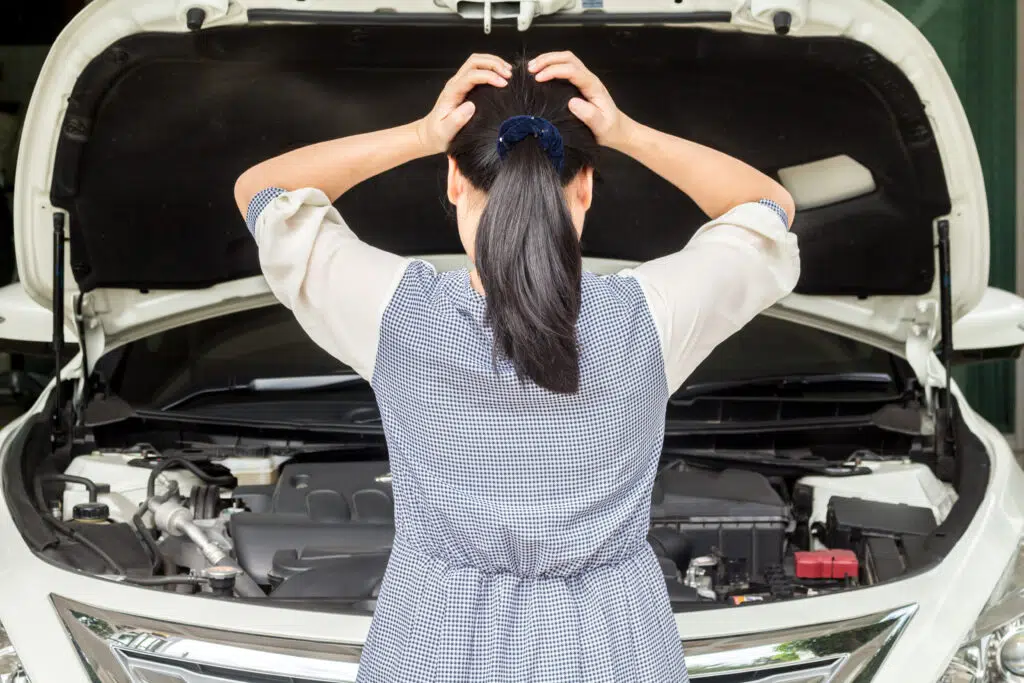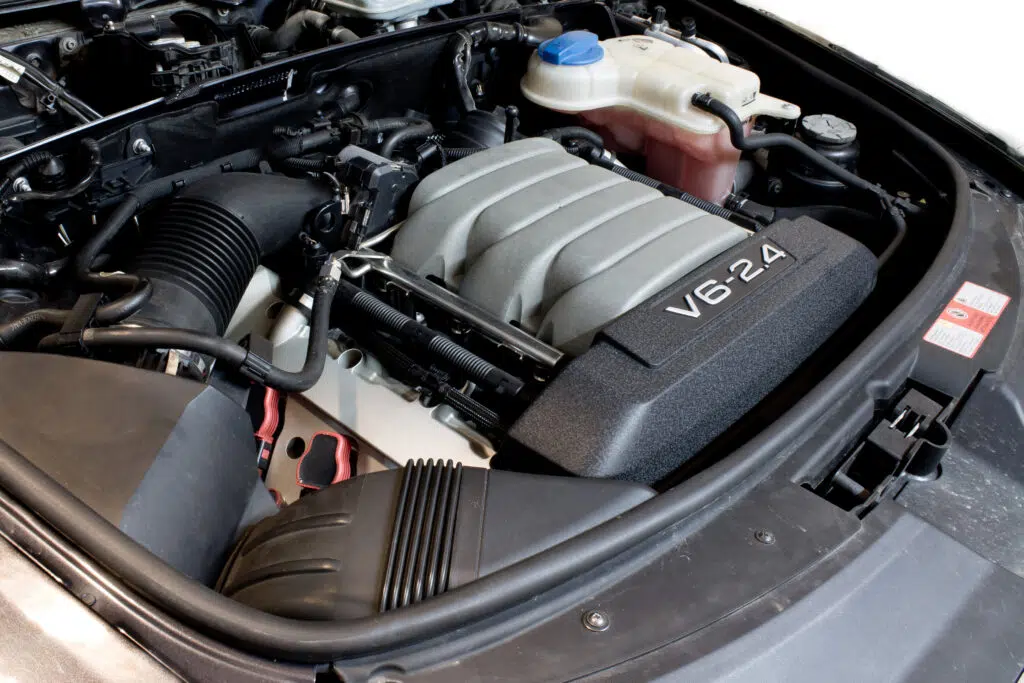When you take a look under the hood of your car, you are seeing a complex network of parts. Everything is working together to make your car move. However, even the smallest of problems under the hood can lead to a huge headache. Knowing what might go wrong is important for keeping your car running smoothly. Here are 12 common issues that you might run into and how to spot them before they become costly.
1. Battery Failure: The Silent Stopper

Battery failure is one of the most common things that will happen under the hood and make your car stop in its tracks. Batteries are prone to wear and tear, especially if you live somewhere with an extreme climate. Additionally, frequent short trips can deplete your battery without giving it time to recharge. Most batteries will last three to five years, so replacing them is inevitable. Keeping an eye on it and testing the voltage occasionally will keep you from being stranded.
2. Alternator Issues: Power Problems

Another common issue that might happen underneath the hood of your car is problems with the alternator. If your alternator is failing, it could lead to dim lights, weak air conditioning, and even a dead battery. Performing regular maintenance can extend the life of your alternator, but as soon as you notice there might be a problem, it’s key to have it addressed promptly.
3. Engine Oil Leaks: A Slippery Slope

Engine oil leaks can lead to big problems if you leave it unattended. You could even potentially damage your engine. Oftentimes, these leaks happen because you have a worn-out gasket, a loose oil filter, or a damaged oil pan. Any puddles under your car or smells (like burning oil) while driving shouldn’t be ignored. Get it checked out by a mechanic ASAP.
4. Radiator Problems: Cooling System Woes

Radiator problems aren’t as common as some of the other things listed so far, but they are still something you’ll run into from time to time. Your radiator is a key component and keeps your engine from overheating. However, it is prone to clogs, leaks, and corrosion. If you notice you’re having to top up your coolant a lot or you see steam coming from under the hood, it could be a sign that you’re having radiator problems. Regular flushing and replacing old coolant help maintain the cooling system. Inspecting for cracks and leaks also ensures your car stays cool under pressure.
5. Timing Belt Trouble: A Hidden Threat

Timing belts can be a problem too. This part helps synchronize your engine’s moving parts. If it fails, it can be a huge problem. Most carmakers will suggest that you replace the timing belt every 60,000 to 100,000 miles. You should consider replacing yours if you’re hearing ticking noises, notice oil leaks, or have a hard time starting the engine.
6. Spark Plug Issues: Misfiring Madness

Spark plugs are a fairly easy fix that you can do yourself. Faulty spark plugs can reduce your car’s performance and even potentially cause issues with starting your vehicle. Most spark plugs will last you anywhere from 20,000 to 100,000 miles. Making sure you inspect these parts regularly will help you prevent damage to the ignition system and keep your engine running smoothly.
7. Air Filter Clogs: Breathing Problems

Honestly, you’d have to wait a really long time to change your air filter to have any major issues. That said, it can become clogged and impact your engine performance and fuel efficiency. It’s recommended that you replace the engine air filter every 12K to 15K miles.
8. Fuel Pump Failure: Power Loss

Your fuel pump is another essential part of your vehicle that you’ll find under the hood. It delivers gasoline to the engine and if it fails, it can lead the car to sputter or even stall out. You might notice that it’s hard to start your car, there are issues with accelerating or even a whining noise near the fuel tank. Regular maintenance can help prevent premature wear, but if something goes wrong with your fuel pump, it will need to be replaced.
9. Belt and Hose Wear: Cracks and Breaks

In addition to the timing belt, there are other hoses and belts that wear under the hood over time. These parts can have an impact on the alternator, air conditioning, and cooling system. They might become cracked, frayed, or even snap due to heat and wear. You should check them on a regular basis and replace them at the first sign of wear.
10. Thermostat Failure: Temperature Troubles

Your engine’s thermostat regulates the temperature of your engine by controlling the flow of coolant. If it fails, your car might overheat or not heat up enough. Some signs of this might be fluctuating temperature gauges or poor cabin heating. If you notice these things, replacing the thermostat will help ensure the cooling system operates effectively.
11. Ignition Coil Problems: Electrical Headaches

Ignition coils convert the power from the battery into a spark for the spark plugs. If there are issues with the ignition coils, it can cause your engine to misfire. You might notice rough idling, reduced power, or even trouble starting your car. If you notice any of this, it might be time to replace bad coils. This will restore your vehicle’s performance and prevent engine damage.
12. Water Pump Failures: Cooling Catastrophes

Another part under the hood that can fail is the water pump. If it stops working, it can lead to your vehicle overheating. Signs of trouble include coolant leaks, grinding noises, or a rising temperature gauge. Don’t ignore any of these problems. It can quickly become a serious issue that leads to engine damage. Replacing your water pump is the best way to maintain your car’s cooling system. You can also perform regular coolant changes to reduce the risk of water pump problems.
Stay Ahead of the Curve

Performing regular maintenance and caring for your vehicle will help you avoid many of these problems. Get acquainted with what’s happening under the hood. This can help you prevent these 12 common problems from turning into major headaches. Stay vigilant, and your car will reward you with reliable performance.